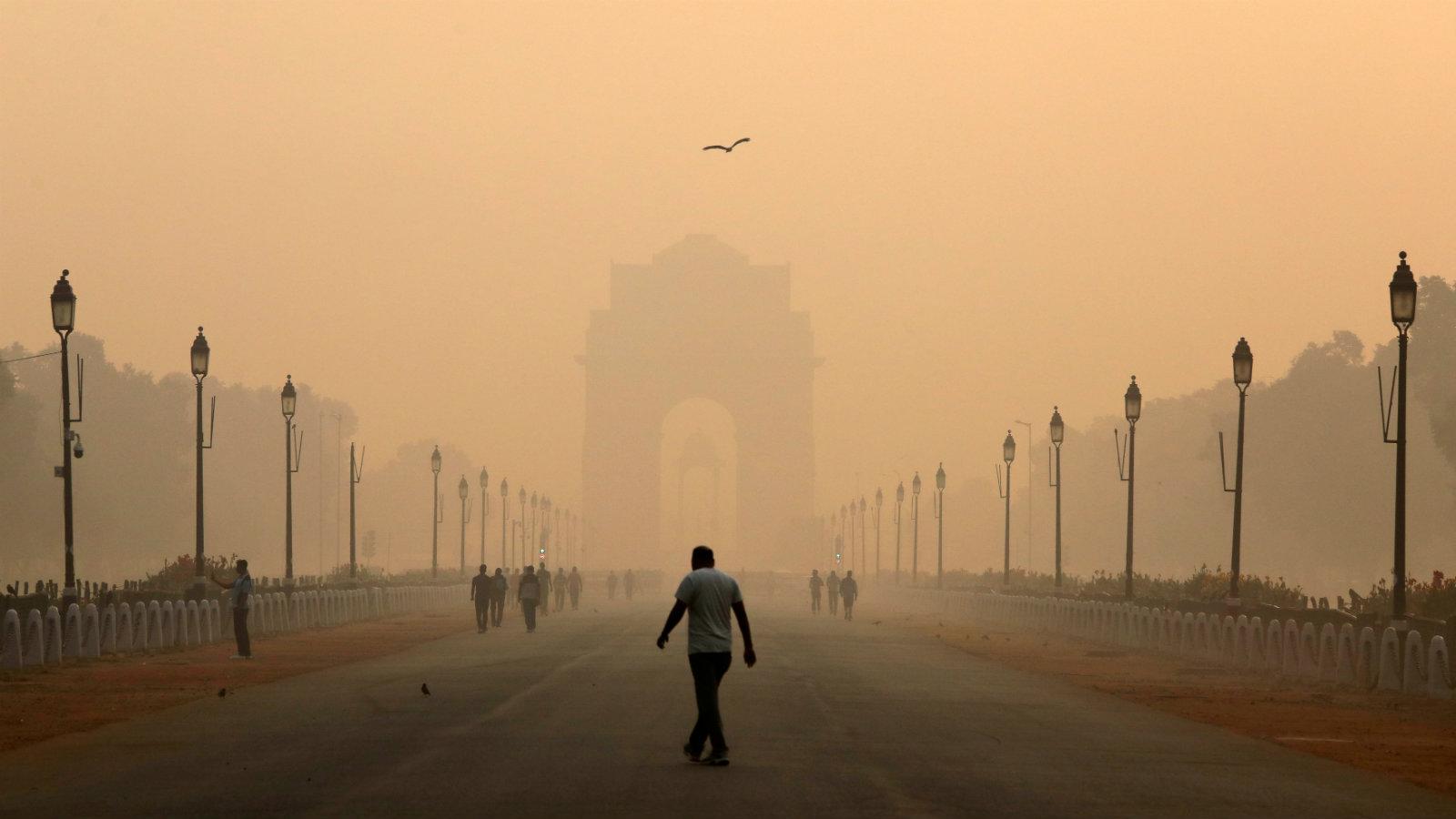The GOI dissolved the 22-year-old Environmental Pollution (Prevention and Control) Authority (EPCA) that has so far addressed air pollution in Delhi. In its place the centre has constituted a “permanent” body, the Commission for Air Quality Management in National Capital Region and adjoining areas.
EPCA (Environment pollution (prevention and control) authority) was a Supreme Court mandated body tasked with taking various measures to tackle air pollution in the National capital region. It was formed in 1998 by the Environment Ministry under the Environment protection act, 1986.
Encompassing Delhi, Punjab, Rajasthan, Haryana, and Uttar Pradesh, the all-powerful body assumes several powers to coordinate action among states and would levy fines ranging up to Rs 1 crore or five years of prison to address air pollution. Brought in via an ordinance a week ago, it awaits formal perusal by the Supreme Court before it can be brought into effect.
In the CAQM, there will be at least six permanent members and it will be headed by a former or incumbent Secretary to the Government of India, or a Chief Secretary to a State government. It would have members from several Ministries as well as representatives from the states.
The Central Pollution Control Board (CPCB) and its State branches have the powers to implement provisions of the Environment Protection Act for air, water and land pollution. Their powers would continue. However, in case of dispute or a clash of jurisdictions, the Commission’s (CAQM) writ will prevail specifically to matters concerning air pollution.
Environmentalists and experts have said that a major weakness in tackling air pollution in Delhi and the surrounding regions has been the inability of agencies such as the CPCB and the EPCA to consistently enforce rules on the ground. Rules related to, for instance, factoring in stubble burning or preventing pollution from thermal plants do exist, but these are often not strongly enforced always in states due to political considerations. A senior official in the GOI said that the new commission would be empowered to constitute special investigative groups for stricter implementation but the letter of the ordinance has no details on the creation of new cadre or groups tasked with implementation.
Senior officials in the Delhi Pollution Control Board (DPCC) have said since the ordinance says that the CAQM “shall prevail in all matters relating to air pollution”, there is no clarity if DPCC can continue to levy fines over the set limit of R1 crore that is the maximum amount payable as a fine for flouting pollution norms according to the Centre’s ordinance.
Shibani Ghosh is an environmental lawyer and a Centre for Policy Research (CPR) fellow. She said that the provision for monetary penalties and imprisonment and the process of imposing such a penalty via courts is similar to what is available in the Air Act and the Environment (Protection) Act.
Graded Response Action Plan
Since October 15, some stricter measures to fight air pollution have been enforced in Delhi and its neighbouring National Capital Region (NCR) towns, as part of the Graded Response Action Plan (GRAP). The action plan has been in effect for three years in Delhi and NCR. Approved by the Supreme Court in 2016, the plan was formulated after several meetings that the Environment Pollution (Prevention and Control) Authority (EPCA) held with state government representatives and experts. The result was a plan that institutionalized measures to be taken when air quality deteriorates. The ordinance indicates that GRAP will now probably be guided by the Commission for Air Quality Management. GRAP works only as an emergency measure. As such, the plan does not include actions to be taken by various state governments throughout the year to tackle industrial, vehicular, and combustion emissions.
If air quality reaches the ‘Severe+’ stage, the response under GRAP includes extreme measures such as shutting down schools and implementing the odd-even road-space rationing scheme. GRAP has been successful in doing two things that had not been done before its creation. Those are creating a step-by-step plan for the entire Delhi-NCR region, and getting on board several agencies: all pollution control boards, industrial area authorities, municipal corporations, regional officials of the Indian Meteorological Department, and others. The plan requires action and coordination among 13 different agencies in Delhi, Uttar Pradesh, Haryana and Rajasthan (NCR areas).
The author is a student member of Amity Centre of Happiness





